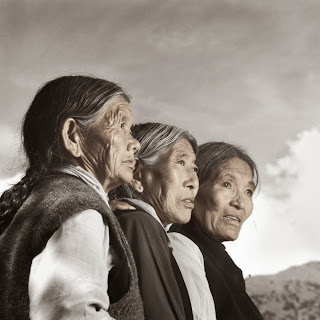The next stop in poverty tourism is at
Emoya Luxury Hotel & Spa in Bloemfontein, South Africa, as reported by The Colbert Report last night.
For $82 a night for up to
4 people, you can stay in your own corrugated iron-walled (sort-of) shanty, just as millions do in
South Africa. However, these have a few amenities not afforded to the poverty
stricken, such as wifi, under floor heating, electricity, bathroom with shower
and your own private game reserve. The hotel also touts that the accommodations
are “safe and child friendly” and “ideal for team building, braais, and fancy
theme parties.”
What do you think,
distasteful exploitation or empathy opportunity?











.jpg)











.jpg)

































